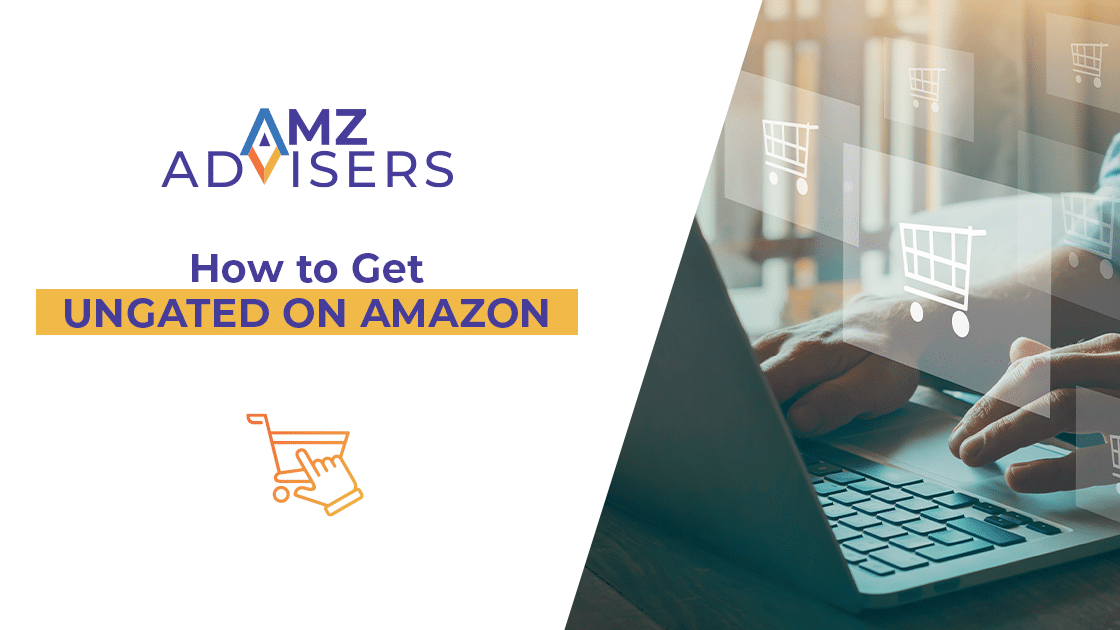It’s essential that sellers understand the Amazon ranking algorithm. This goes for both organic and paid ads. After all, 70% of Amazon consumers never click past the first page of search results.
But what is the Amazon ranking algorithm, and how does it rank products? And is there proof to back up these claims?
What Is the Amazon Ranking Algorithm?
You already know how to make your product listings rank higher than the competition:
- Use the right keywords
- Write high-quality product descriptions
- Include captivating images in your listings
But your strategy is missing something: knowledge of the Amazon ranking algorithm, and how you can use it to your advantage.
All search engines use bots to crawl web pages in order to rank them. Browsers like Google prioritize different factors that get the top spot of SERPs.
Amazon is no different. But unlike other popular search engines, Amazon uses specific algorithms to rank different listings by specific selling factors. This is called the Amazon product ranking algorithm.
Why does Amazon have search algorithms? The reason is simple–they want to improve the shopping experience so customers will continue buying on their platform. Amazon does this by ranking the highest quality products and sellers first, while displaying results relevant to the user’s behavior, searches and preferences.
Note that the Amazon product algorithm is always changing, such as how the Amazon A9 algorithm evolved to A10. But it’s still important to know the basics of the Amazon algorithm for your product listing optimization.
Most Important Product Ranking Factors
To better dominate search results, you’ll need to understand the Amazon ranking algorithm factors.
Some of the most important factors that the Amazon A10 algorithm uses include conversion rates, sales, pricing, and CTRs. All these elements aim to offer the most relevant products while delivering the best deals.
Conversion Rates
If your products have excellent conversion rates, your listings will be more visible to users. The Amazon search algorithm measures conversion rates in different ways. For example, it tracks how often leads convert to customers, and how often consumers click on your listings.
How do you use conversion rates to your advantage? On Seller Central, go to Reports > Business Reports > Detailed Page Sales and Traffic Reports by Parent. You will see many metrics, but two are the most important:
- Page Views
- Total and Units Ordered
Divide the number of sales by the number of page views. A decent conversion rate is 10%-15%. We also suggest checking your conversion rate for different periods, such as monthly or quarterly.
Sales History
The Amazon algorithm will rank you higher if you get more sales. This is especially true if you generate more sales from Amazon’s SERP listings.
Converting customers on Amazon proves your products are relevant to specific search terms. So, the marketplace will continue ranking your listings.
What if you don’t get enough sales and conversions? You can still optimize your search listings for Amazon’s algorithms.
The best place to start is with the right keywords. While you’ll want to optimize keywords with high traffic and low competition, your search terms should always stay relevant to your brand and products.
Include your primary keyword in your product’s title, the “features” section, and the description. Sprinkle secondary keywords naturally, but don’t over-stuff your search terms. In addition, write your titles, descriptions, and bullet points for humans.
Related Content: Amazon Product Listing Optimization
Pricing
One of the easiest Amazon ranking algorithm factors that all sellers can control is pricing. In addition to showing relevant results, Amazon displays the best deals to customers above others.
Price your products below market average to boost sales and conversions. In addition, it wouldn’t hurt to test out new pricing strategies and hold regular sales.
Click-Through Rate
Lastly, the Amazon ranking algorithm will measure your click-through rate (CTR) to see how many clicks a seller receives from organic SERPs. However, this metric has no significant standing compared to conversion rates or sales history.
While CTRs are an effective metric to track, sellers should focus more on converting sales for the best results.
Keyword Relevance
We mentioned the importance of keyword optimization in the Amazon ranking algorithm, but it’s necessary to discuss this point further.
Optimizing your listings for specific keywords is more than just an SEO tactic. It’s a way for Amazon to better learn about your brand and products. When you optimize your listings for relevant keywords, you will be more likely to rank on SERPs since Amazon is familiar with your brand and niche.
Related content: Good SEO for eCommerce sellers
Case Study: The Impact of Pricing
We previously worked with a client who launched a product at an above-average market price. However, the product didn’t achieve many sales until the client decreased the pricing.
At these decreased prices, the client’s page views and conversions increased, and they also achieved consistent sales.
Eventually, the client was running out of inventory and increased their prices again. As a result, their product visibility decreased on Amazon SERPs.
What did the client do? Decrease their prices again. However, their sales weren’t as high as they once were.
Why did this occur? When sellers decrease pricing or use below-market pricing, the Amazon search ranking algorithm enhances product visibility. But if brands increase and decrease prices, Amazon search algorithms will respond negatively.
Check out more of our case studies here.
How to Optimize Your Listings for the Amazon Ranking Algorithm
Now that you know the basics of the Amazon algorithm, it’s time to optimize your listings to achieve better search results. This will require some knowledge of the Amazon SEO algorithm and to have an effective pricing strategy.
Keyword Optimization
Start by conducting keyword research. There are a number of keyword tools you can use to find the right search terms, or you can go by the ones your competitor uses.
When you find your keywords, add them to these parts of your listings:
- Product title
- Image alt text
- Descriptions
- Bullet points
It’s best to conduct keyword research for each product to ensure you’re using the right search terms that will rank every individual product.
Related content: Copywriting for Amazon Listing Optimization
Pricing Strategy
Your keywords are an essential ranking factor but not the only one to use. Referring back to the case study, pricing is also vital. The best action is to price below market value while making your ROI.
Focus on using consistent low pricing to increase organic sales.
What if you want to host a sale or discount? This may be popular among consumers, especially for events such as Cyber Monday. But discounting products won’t always attract the attention of the Amazon ranking algorithm.
If you do host a discount, do so off-site. For example, work with influencers and have them offer a 10% off coupon to their followers. Tjen, have the influencer link to your Amazon page to use the discount.
This way, you still get a steady stream of off-site Amazon store traffic while taking advantage of discounts.
Inventory Availability
In addition to these strategies, you’ll always want to ensure you have enough inventory. Referring back to the case study, our client increased their prices when they were running out of stock.
Using effective inventory management approaches will ensure you have enough items in stock to satisfy sales without increasing prices and hurting your overall bottom line.
Use the Amazon Ranking Algorithm to Your Advantage
The Amazon ranking algorithm is what the e-commerce giant uses to rank different stores on its SERP.
Amazon bots will crawl different listings looking for aspects such as keyword relevancy and pricing. Other aspects, such as conversion rates, will also tell Amazon that your product listings are relevant.
Have you tried implementing these Amazon ranking algorithm factors into your strategy but are still not generating the sales you want? It may be time to seek professional help. Our full-service suite includes strategies such as content optimization, inventory management, SEO, and advertising to deliver the best outcome for your store.
Click here to learn more about our services.
Author





